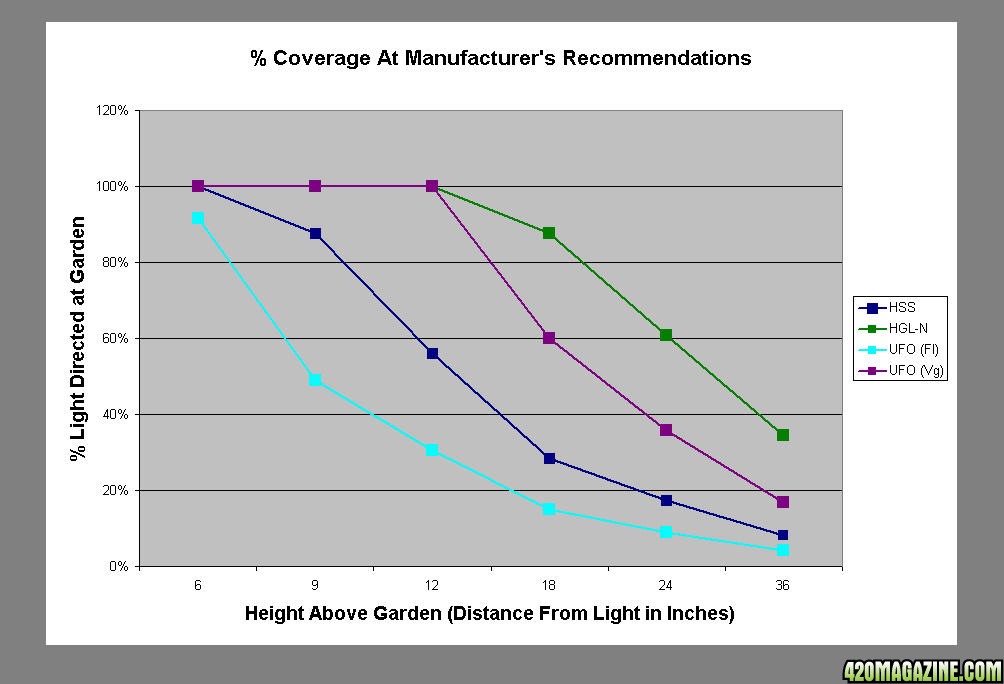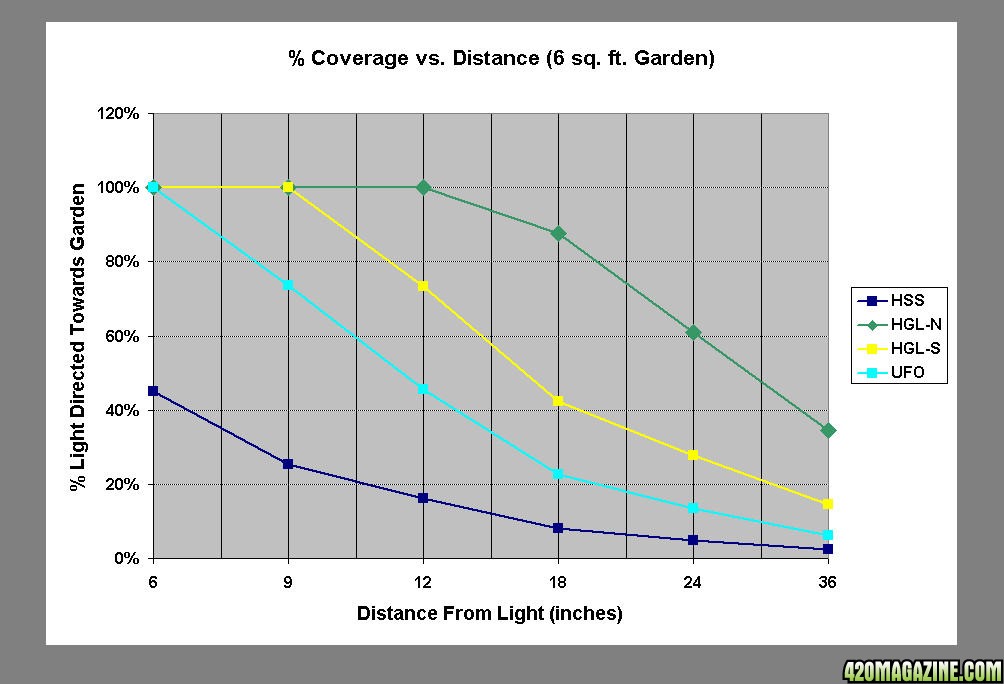Re: Hosted Competition - Haight Solid State vs. Hydro Grow LED
I've gone really close with the HSS lights with clones and never had any burning. The lights have so little white light and added heat it seems to be just fine. At about 6 inches they become very compact, it doesn't seem right to me, but some people seem to like those super compact plants. For now, I would just see how it's going and maybe make some adjustments.
During flowering, it really helps to get close - almost touching is great.
I know.
It goes against all my instincts to place a light that is claimed to be powerful enough to produce nice buds, so close to little baby seedlings.
But, this isn't about my instincts or how I use to do things.
On the other hand, ima go check the babies.
I've gone really close with the HSS lights with clones and never had any burning. The lights have so little white light and added heat it seems to be just fine. At about 6 inches they become very compact, it doesn't seem right to me, but some people seem to like those super compact plants. For now, I would just see how it's going and maybe make some adjustments.
During flowering, it really helps to get close - almost touching is great.



 setting sun! seriously bro, i just caught up from the last couple days, and ur phenomenal. no question goes unanswered!
setting sun! seriously bro, i just caught up from the last couple days, and ur phenomenal. no question goes unanswered!







